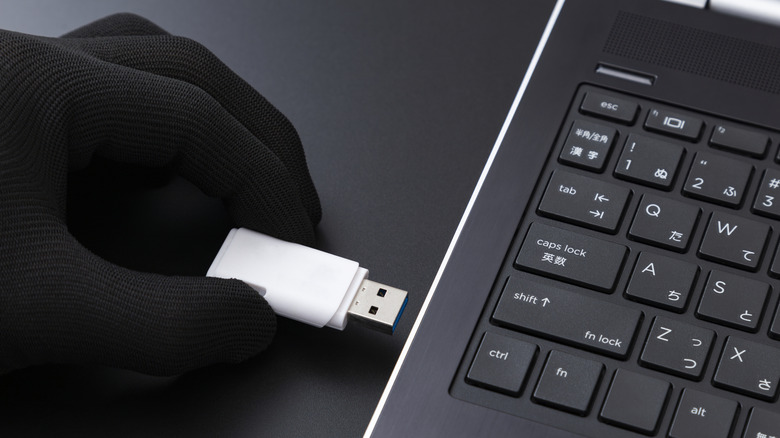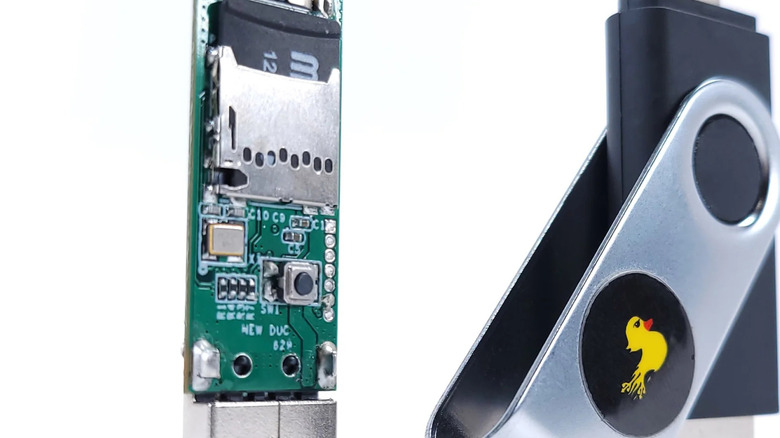How To Safely Test A Used USB Drive Without Compromising Your System
Hollywood has a long history of grossly exaggerating hacking scenes. A nerdy guy hacking into a large corporation in seconds with just a few keystrokes is a classic example of an overused movie trope. However, one thing that even Hollywood hasn't exaggerated is how a simple USB drive can easily turn into a cybersecurity threat.
USB drives can hurt your system in a variety of ways that are not just limited to the software side. As a general rule of thumb, you should avoid plugging used or unknown USB drives into your daily drivers. However, if you need to test a used USB, you can safeguard your devices with some basic precautions. Using an old offline laptop, PC, or a cheap yet feature loaded Raspberry Pi is the safest way to go, as it limits the USB's access to your private files or network. Secondly, you could test the USB in a sandbox environment, which is a notch safer than directly plugging in the flash drive.
The best way to test a used USB drive
There is a safe way to test unknown USB drives using a secondary computer. You may use an old laptop or a cheap computer such as a Raspberry Pi and plug in the USB stick. Make sure to disconnect the device from your network to avoid potential network attacks.
If your computer abruptly powers off, chances are the drive was a USB killer that fried your device. If you don't want your old computer to turn into e-waste, you could technically pop open the USB stick to check for capacitors, but the method is not foolproof as some USB killers don't use capacitors altogether. In case the computer works fine, you should scan the USB stick with a top rated antivirus to check for malicious files containing malware.
If your device comes out clean and works as expected, chances are that the USB stick could be harmless. Nevertheless, you should not plug the USB into a personal computer, as it could still be hiding malware or payload scripts that went undetected by your antivirus. Another way to test the USB stick is to use a virtual machine or a sandbox environment. This safeguards your PC from threats like malware, spyware, and ransomware and is much safer than directly plugging the USB to a personal computer.
USB drives can do serious damage
USB drives can carry a variety of threats for your PC such as causing physical damage to the internal circuitry. The capacitors on USB killers charge using the computer's power and release bursts of high-voltage pulses into the port. These pulses can seriously damage the internals of your computer turning them unusable in many cases. USB type C devices typically handle USB killers better than conventional USB ports.
The threats are no less severe on the software side, as USB drives can carry malware or spyware files. There is also a risk of ransomware that can encrypt the files on your PC unless you pay the hacker some money. Additionally, the USB stick could be a keyboard emulator such as the Rubber Ducky. These ingenious devices trick your PC into believing that the USB stick is a harmless keyboard. The keyboard emulator then executes the payload script and can do anything from installing unwanted software to spying on your personal data. The upgraded version of the Rubber Ducky can now automatically detect the host's operating system, making it even more dangerous. What truly makes such threats dangerous is that they can go unnoticed by the most seasoned antivirus software as well.


